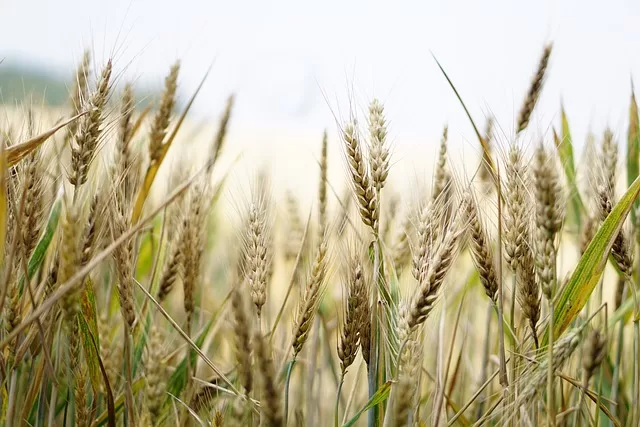The Urban Agriculture Challenge
As the global population continues to grow, urban areas are facing increasing pressure to meet food demands while battling issues like limited land and climate change. Vertical farming offers a revolutionary solution to these challenges. By growing crops in vertically stacked layers using controlled environments, this innovative technique maximizes productivity while conserving resources.
In this article, we explore how vertical farming is shaping the future of agriculture, its benefits, challenges, and why it’s considered a sustainable model for urban food systems.
What is Vertical Farming?
Vertical farming is an agricultural method where crops are grown in vertically stacked layers, often inside buildings or specialized facilities. Unlike traditional farming, which depends on soil and expansive land, vertical farming uses advanced techniques like hydroponics, aeroponics, and aquaponics to cultivate plants.
Why Vertical Farming is Trending
Vertical farming addresses several global and urban issues, making it a popular topic in agriculture:
- Land Scarcity: By growing crops vertically, it significantly reduces the amount of land required for farming.
- Climate-Resilient Farming: Controlled indoor environments protect crops from adverse weather conditions.
- Year-Round Harvests: Vertical farms operate independently of seasons, providing consistent food production.
- Local Food Production: Urban vertical farms reduce transportation needs, ensuring fresher produce and lower carbon emissions.
Benefits of Vertical Farming
- Efficient Land Use:
Vertical farming can produce the same yield as traditional farms on just 10% of the land. - Water Conservation:
Utilizing hydroponics or aeroponics, vertical farms use up to 95% less water than traditional methods. - Reduced Pesticide Use:
Controlled environments minimize pests, reducing the need for chemical pesticides. - Urban Food Security:
By growing food locally, vertical farms help combat supply chain disruptions and food deserts in urban areas. - Sustainability:
The integration of renewable energy sources and recycling systems in vertical farming facilities further enhances sustainability.
Vertical Farming Techniques
- Hydroponics: Plants are grown in nutrient-rich water solutions without soil.
- Aeroponics: Roots are suspended in the air and misted with nutrients.
- Aquaponics: Combines hydroponics with aquaculture, using fish waste as a natural fertilizer for plants.
Each of these techniques optimizes resource use and promotes sustainable farming practices.
Real-World Applications and Success Stories
- AeroFarms, USA:
Based in New Jersey, AeroFarms is one of the largest vertical farms, producing leafy greens year-round using 95% less water than traditional farming. - Sky Greens, Singapore:
As a pioneer in vertical farming, Sky Greens has transformed Singapore’s agriculture by growing vegetables in multi-story towers, addressing the country’s limited arable land.
Challenges of Vertical Farming
While vertical farming has immense potential, it’s not without challenges:
- High Initial Costs:
Setting up vertical farming systems requires significant investment in technology and infrastructure. - Energy Consumption:
Indoor farming relies heavily on artificial lighting and climate control systems. Integrating renewable energy sources can mitigate this issue. - Technical Expertise:
Farmers need specialized knowledge to manage advanced vertical farming systems effectively.
Future of Vertical Farming
The vertical farming industry is projected to grow exponentially in the coming decades. Innovations like AI-driven farming solutions, renewable energy integration, and automation are making vertical farming more efficient and cost-effective. As urbanization accelerates, vertical farming will play a critical role in building sustainable, self-sufficient cities.
Vertical farming is more than just a trend; it’s a transformative approach to urban agriculture. With its ability to conserve resources, maximize space, and produce fresh food locally, vertical farming offers a sustainable solution to some of the biggest challenges in modern agriculture.
Are you ready to embrace the future of farming? Share your thoughts or start a conversation in the comments below!






